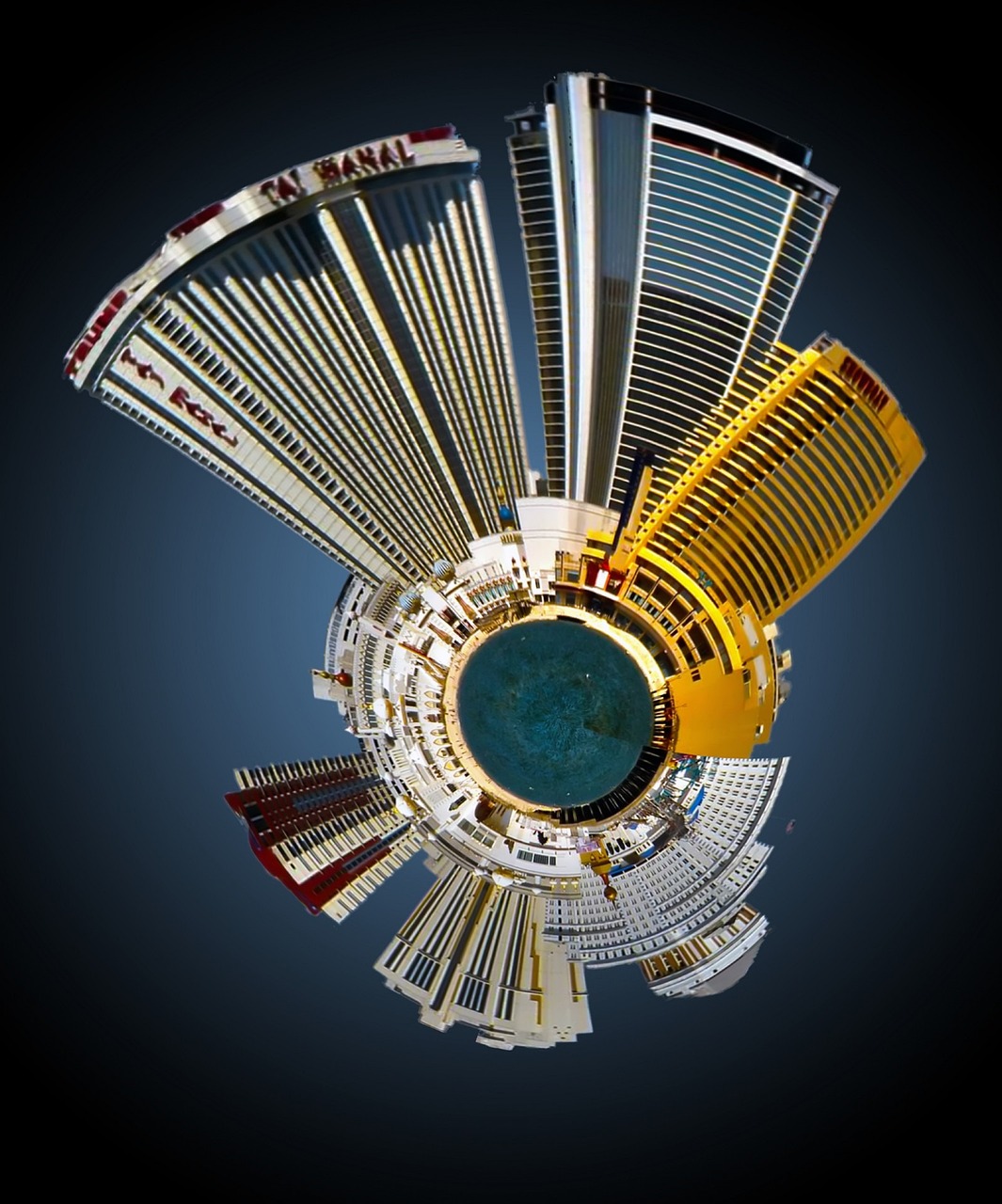In the electrifying world of NBA basketball, the pace of the game often reaches lightning-fast levels, leaving fans on the edge of their seats. The thrill of watching teams execute quick transitions and lightning-quick fast breaks has always been a hallmark of the league. However, in recent years, the joy of witnessing these breathtaking moments has sometimes been marred by intentional fouls committed by the defense. These tactical fouls are often employed as a last-ditch effort to halt a fast-paced play and prevent the opposing team from scoring. While effective for the defending team, they leave fans disappointed as they miss out on potential highlight-worthy plays. To address this concern and ensure that fans continue to have the best possible experience, the NBA introduced a new rule known as the “clear path foul” in a bid to preserve the excitement of the game while discouraging tactical fouls.
The NBA has always been a league that thrives on excitement and entertainment. Fans tune in not just to witness their favorite teams win, but also to marvel at the incredible athleticism and skill displayed on the court. Fast breaks, in particular, have been a source of unadulterated joy for fans and players alike. The sight of a perfectly executed fast break, culminating in a thunderous dunk or a spectacular alley-oop, can send the crowd into a frenzy. It’s these moments that make NBA basketball so special.
However, the game’s rapid pace also presents a challenge for defenses. When a team is on the verge of executing a fast break, defenders are often left with limited options. Allowing the fast break to proceed may result in an easy score for the opposing team. To prevent this, defenders sometimes resort to tactical fouls, intentionally fouling the player with the ball to halt the momentum of the play. While this tactic may be effective in preventing a score, it comes at the cost of depriving fans of the excitement they crave.
Enter the “clear path foul” rule. Introduced by the NBA, this rule seeks to strike a balance between maintaining the integrity of the game and ensuring that fans get to enjoy the thrilling moments that make basketball so captivating. Under this rule, if a player is fouled during a fast break and there are no defenders between the player and the basket, the fouled player is awarded two free throws, and their team gains possession of the ball. This rule effectively discourages defenders from intentionally fouling in situations where it would clearly disrupt a fast break and deny fans a potential highlight-reel play.
The “clear path foul” rule has been a game-changer in the NBA. It not only keeps the pace of the game up but also allows players to showcase their skills and athleticism without the constant fear of being intentionally fouled to slow down the action. Fans, in turn, can now watch fast breaks unfold with the confidence that they will see the play reach its exciting conclusion.
Critics of the rule have argued that it might give an unfair advantage to the offensive team, as they are essentially rewarded for being fouled. However, the rule is carefully designed to prevent situations where a player is intentionally fouled for strategic purposes. It applies only when there is a clear path to the basket, meaning that the offensive player would have had a high probability of scoring had they not been fouled.
In conclusion, the NBA’s “clear path foul” rule has successfully addressed the issue of intentional fouls disrupting fast breaks and transition plays. By striking a balance between maintaining the game’s integrity and preserving the excitement that fans crave, this rule has enhanced the NBA viewing experience. Fans can now watch in anticipation as fast breaks unfold, knowing that the chances of witnessing a highlight-worthy play are higher than ever. It’s a rule that embodies the NBA’s commitment to providing fans with the best possible basketball experience.










